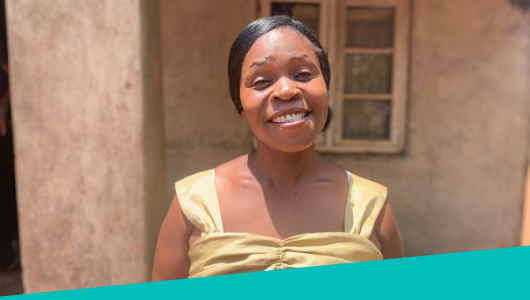Sustainability, Interconnectedness, Decentralisation.
Kaushalya is an Elected Women Representative from Uttarakhand, India, a remote region at the foothills of the Himalayas. The Hunger Project worked with her to develop the skills she needs to make change for her community as a representative through our SWEEP program (Strengthening Women’s Empowerment through Electoral Processes). As part of this program, The Hunger Project trains Elected Women to read, write, speak and lead the political agenda to improve education, health, and nutrition in their villages.
Uttarakhand is the only state in India where village communities come together to protect and nurture their forests by forming forest councils. The forests are a lifeline for women. They provide wood for them to build their houses, dry wood for fires and fodder for their cattle. Ensuring the sustainability of the forests is crucial for survival in the village.
However, in Kaushalya’s village, they hadn’t held elections for the forest council in 15 years.
“We formed a collective of 30 women and decided to revive the forest elections,” Kaushalya said.
“My team of women patrolled the forests. We didn’t allow anyone to cut down the trees. Together, we planted 100,000 trees. We take care of the forests like we do our own children.”
During her term as an Elected Women Representative, Kaushalya made 45,000 kg of paddy seeds available to the farmers and distributed 300 tree samplings to encourage the people in her village to grow trees. For the women in her village, 80% of their farms are across the other side of the river, which means the women have to walk a long distance to their farms. Kaushalya secured the building of a bridge by taking the matter to her village council. She also took action to prevent soil erosion by building 11 check dams (small dams built to reduce water flow velocity) by the river.
“I want my village to continue thriving.”
Kaushalya continues to shape a legacy of protecting the environment and ensuring sustainable change for future generations in her community.
Donate to women like Kaushalya to bring transformation to villages in India here.
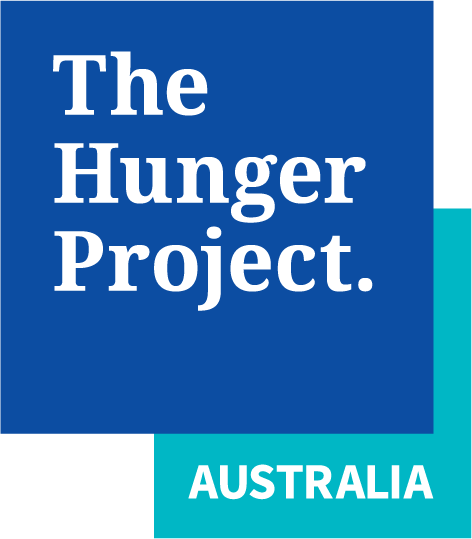
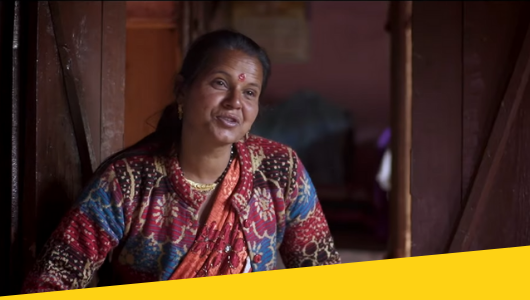

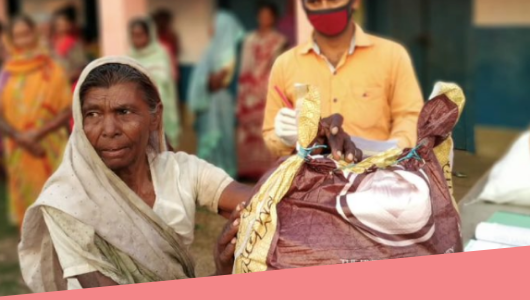
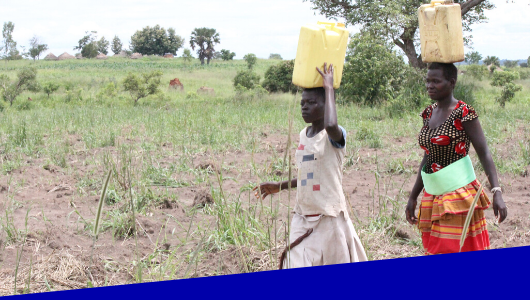
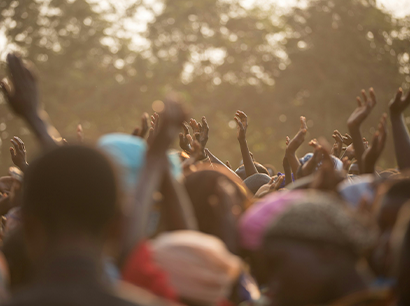
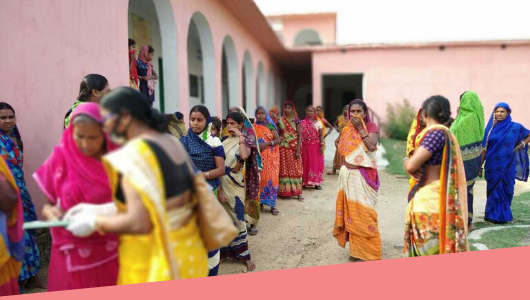


 EWR’s rallying to spread accurate information about COVID-19 to their communities.
EWR’s rallying to spread accurate information about COVID-19 to their communities. 